Do you want a multipurpose herb that you can grow easily in your garden or on your windowsill? Angelica is your best bet. This hardy perennial plant, also known as Archangelica officinalis, has been utilized in traditional medicine and culinary arts for ages. Angelica is certainly an all-purpose plant that deserves a place in any home garden, from its sweet and spicy flavor to its extensive list of therapeutic benefits.
In this guide, we’ll look at the advantages of growing Angelica, how to cultivate and harvest it, and how to utilize it in the kitchen and for medical purposes. Whether you’re a seasoned gardener or a novice, this guide will offer you with all you need to know to successfully cultivate Angelica and unlock its potential.
A Brief History
Angelica has a long history of medicinal and culinary use.
It was used by ancient Greeks and Romans as a digestive aid, to treat headaches, and as a general tonic. The herb was also believed to protect against evil spirits, and it was often used in religious ceremonies. In the Middle Ages, angelica root was served as a confectionary and believed to ward off the plague. In more recent times, modern science has discovered that the root contains several compounds that are beneficial for human health.
Angelica is native to Europe and Asia but has been cultivated in other parts of the world, such as North America, for centuries. Its popularity as an edible herb continues today, with many people using it fresh or dried in salads or as a flavoring for soups and stews. The plant is also valued for its medicinal qualities, such as reducing inflammation, aiding digestion, and promoting heart health.
Angelica can be found in many forms today, from capsules and tinctures to essential oils. The herb is also commonly used in aromatherapy for its calming and uplifting effects on mood. Regardless of how it is used, angelica has a long and interesting history which makes it an intriguing addition to any garden.
Nutritional Benefits
Angelica is a plant that offers a wide range of nutritional benefits.
The root, seed, leaf, and fruit have been used historically in Nordic folk medicine to support healthy digestion and respiratory function. It is known to be a warming tonic and can help stimulate circulation, which relieves menstrual cramps by warming, relaxing, decongesting and stimulating blood flow.
Angelica root benefits includes its ability to support blood flow, cardiovascular health and immune function. It may also increase bile secretion which helps to break down fats in the gut. Angelica has also been studied for its protective effects against intestinal damage and has shown potential for stimulating the release of digestive acids.
In addition to its medicinal properties, angelica can also be used as a food source or flavoring in cooking. The leaves of the angelica plant are edible raw or cooked, adding a unique flavor to salads and stir-fries. The stems can be candied and eaten as a sweet treat or used in baking and desserts. The seeds can also be used as flavoring in many dishes or ground into powder form as a spice or condiment.
When it comes to growing angelica, it is relatively easy once you get started. It prefers rich, moist soils in full sun to part shade and will reward you with an abundance of food, flavoring, and herbal medicine for years to come.
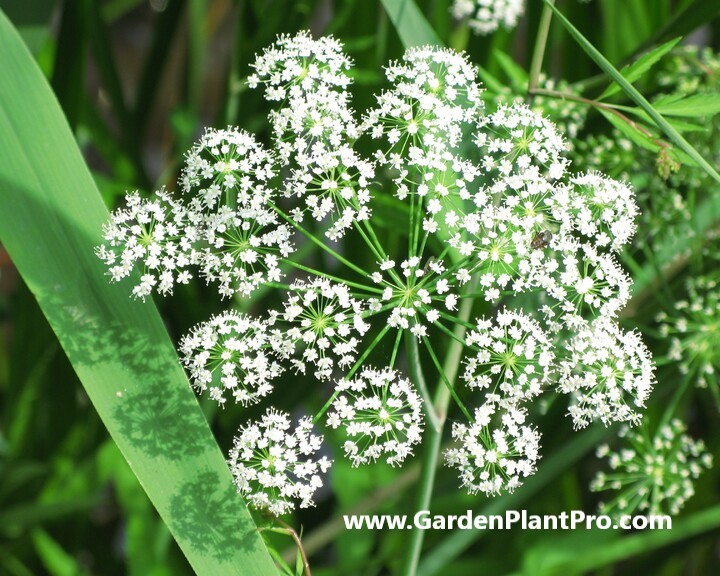
Common Varieties & Their Uses
Angelica is a diverse herb with many different varieties, each with its own unique flavor and uses. The most popular varieties are Angelica archangelica, Angelica sylvestris, and Angelica gigas.
Angelica archangelica is the most popular variety and can be used both fresh and dried in cooking. It has a sweet, anise-like flavor that can be used to flavor salads, soups, stews, and sauces. It can also be used to make tea or tinctures.
Angelica sylvestris is another popular variety of angelica. It has a milder flavor than the archangelica variety and can be used in baking or added to salads for a subtle anise-like flavor. It can also be used to make tea or tinctures.
Angelica gigas is a variety of angelica that has large, purple-pink flowers. This variety is not as popular for edible purposes but can be used to make tea or tinctures. It is also very attractive in the garden and makes an excellent cut flower for bouquets.
When planting angelica, it’s important to choose the right variety for your needs. Different varieties will have different growth habits, flavors, and uses so it’s important to research each one before planting. With the right variety chosen, you’ll have a beautiful addition to your garden that you can enjoy for years to come.
When To Sow
When it comes to sowing angelica seeds, timing is key. Depending on your climate, you have two chances to sow angelica seeds each year. For best results, it is preferable to plant in the fall when temperatures are cooler and the soil has had time to settle since the summer. However, early spring plantings can also be successful.
If you’re sowing in spring, you’ll want to refrigerate the seeds until sowing and start them indoors in peat pots that can then be directly planted or torn away. Alternatively, you can “stratify the seeds” before planting by placing them in a sealed plastic bag with moistened potting mix and refrigerating them for four weeks.
“Stratifying the seeds” simple means subjecting the seeds to a period of cold and moist conditions to break their dormancy and stimulate germination. This process imitates the natural conditions that seeds experience in the wild during the winter season.
Many plants, including Angelica, require stratification to break their dormancy and initiate germination. The seeds of Angelica have a hard outer coat that prevents them from germinating until certain conditions are met. By stratifying the seeds, you are essentially tricking them into thinking that winter has passed and it is now time to sprout!
DIY PROJECT: Collect rainwater no matter where you live...
This DIY project is the best way to legally collect rainwater NO MATTER where you live. Get chlorine-free water, cut down on your water bills, and have enough for an emergency situation or to water your garden. Read More Here...
When transplanting seedlings or direct sowing in the garden, space plants 12-24” apart in rows that are 36” apart. Make sure you tamp the soil lightly around each plant for better germination. Seedlings should be transplanted when they reach 3-4” tall.
Angelica is adaptable to varying light levels but grows best in partial shade and moist loam soil that is well drained. Keep weeds away from the plant and maintain regular watering and fertilizing for best results. With proper care, angelica will be a fast growing addition to your garden that will provide plenty of nutritional benefits for your cooking!
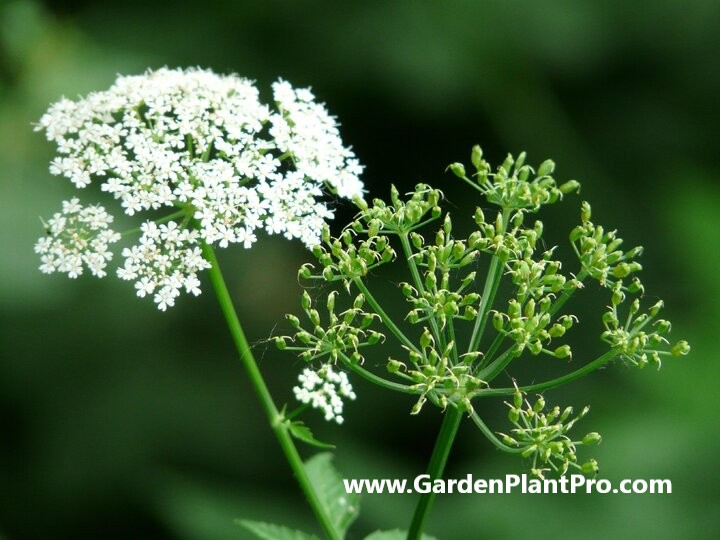
Choose The Right Location
Choosing the right location for angelica is important for successful growth and harvest.
The herb prefers moist, rich soil that is slightly acid, growing best in semi-shade. It should therefore be planted in a full sun to part shade location in a mild climate, or in a zone with hot summers, a dappled shade location is best. A sunny spot with perhaps some afternoon shade is ideal for the plant. This plant is a biennial, which means it will die after two years and needs plenty of space to grow and often looks good at the back of a bed.
When choosing the right place to plant angelica, you should also consider nearby plants and what they may need. Angelica can be grown with other herbs such as sage, rosemary or thyme and also works well with vegetables such as tomatoes or peppers. You should also take into consideration the climate where you live, as some varieties are better suited for cooler climates while others are better adapted for warm climates.
Before planting angelica, it’s important to prepare the soil by adding organic matter such as compost or well-rotted manure. This will provide essential nutrients to the soil and help retain moisture during dry periods. Additionally, mulch around the base of the plants can help keep weeds down and retain moisture in the soil.
Prepare The Soil
Preparing the soil is an important step in growing angelica.
For optimum growth, angelica plants prefer partial shade with deep, well-drained, loam and fertile soil. They thrive in moist conditions and are happy with slightly acidic soil. Before planting, it is important to turn the soil over and break up any clumps. Adding organic matter such as compost or well-rotted manure will help to improve soil structure, drainage, and fertility.
Make sure to tamp the soil down firmly after planting to ensure good contact between the seed or seedling and the soil. Angelica does not tolerate drought, so it is important to keep the soil moist but not soggy. To retain moisture, you can mulch annually with well-rotted manure or compost.
Plant The Seeds Or Seedlings
Angelica can be propagated either from seed or transplants.
If you choose to start with seeds, it is best to sow them in autumn or late spring. You can sow the seeds directly into the soil or put them into pots or trays. Make sure to press the seeds gently onto the surface of the soil and ensure that they are not covered with soil as they need light to germinate. Seeds should start germinating within 10 days given enough heat and moisture.
When transplanting seedlings, make sure to do so when they are 3-4″ tall and space them 12-24″ apart in rows that are 36″ apart. If you choose to sow indirectly, you can start the seeds in peat pots that can then be directly planted or torn away. To help the seeds germinate, you may want to stratify them by placing them in a refrigerator for 30 days before planting them.
Once your Angelica plants have reached a height of 3-4″, they are ready to be transplanted outside. Be sure to water young seedlings during dry periods and dress the soil with a scattering of blood and bone meal every 4-6 weeks. Mulch is also beneficial for retaining soil moisture and controlling weeds.
Watering
Watering is an essential part of growing angelica. When growing from seed, it is important to keep the soil consistently moist until the plants are established. This should be done by watering at the base of the plant, rather than from above, to prevent fungal diseases. Once established, angelica should be watered regularly but not too frequently to avoid waterlogging and saturation.
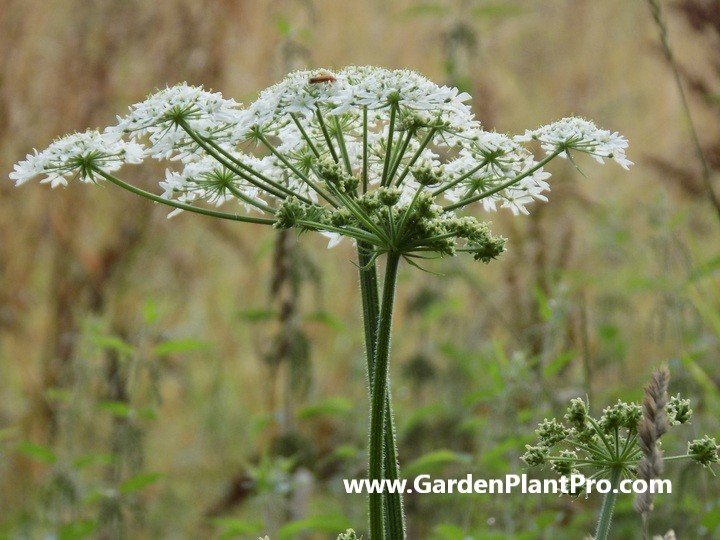
Fertilizing
Once the angelica seeds germinate and the seedlings are large enough to handle, they should be pricked out and transplanted into their final position. Angelica prefers soil that is rich in nutrients, so fertilizing is important.
It is preferable to fertilize once a month during the growing season with a good quality all-purpose fertilizer. Additionally, it is recommended to dress the base of the plant with compost as it will serve both as mulch and slow release fertilizer.
It is also a good idea to test the soil before planting the seedlings and amend it with organic materials, compost, and slow-release fertilizers. Keep in mind that too much fertilizer can damage the plant, so use only as much as needed.
Do you have some charcoal in your house right now? We call charcoal a “miracle leftover” for anyone who wants to be a little more self-sufficient and cut costs. That’s because it can help you with so many different things around the house and garden. You can even use it to make an energy-free fridge. Read More Here...
Finally, bear in mind that angelica requires plenty of water, especially when it is flowering and fruiting. Fertilizer can help ensure a healthy crop, but don’t forget to water regularly!
When & How To Harvest
Harvesting angelica can be done in late spring or early summer.
The best time to harvest the plant is when the stems are young and tender, usually in the second year of growth. To harvest the roots, carefully dig up the plants with a garden spade. For harvesting angelica’s leaves, stalks, and seeds, take care not to damage the main stem. The leaves should be harvested carefully in the first year and the stalks should be cut in mid to late spring. Seeds should be collected when they are ripe, usually in late summer or early fall.
When harvesting angelica’s stems for candied angelica, pick them in spring. In order to collect the seeds, wait for the pods to turn yellow or beige before plucking them off the plant. All parts of angelica are edible and can be used in various dishes and remedies.
After harvesting angelica, it should be stored correctly to ensure that it remains fresh and usable. Angelica can be stored in an airtight container at room temperature for up to two weeks or in a refrigerator for up to a month.
Angelica can also be dried and preserved for longer storage periods. Dried angelica should be stored in an airtight container away from heat and light for up to six months.
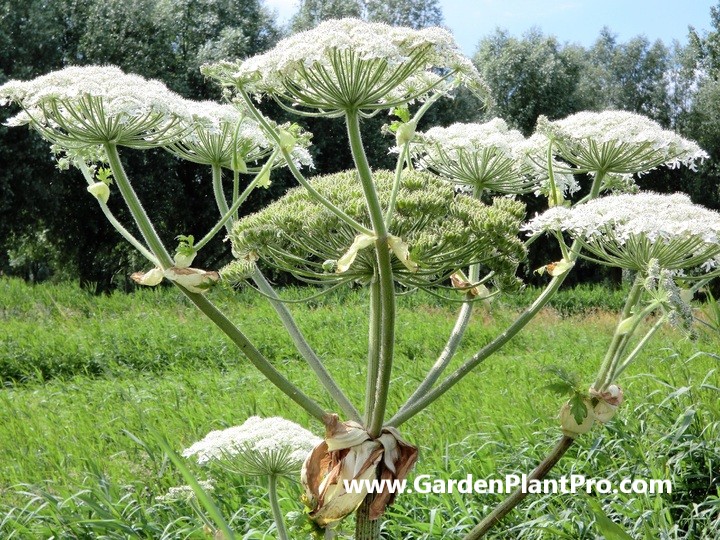
Storing & Preserving
Storing and preserving Angelica is quite easy.
The best way to store Angelica is to dry the leaves, stems, and flowers. This can be done by tying the plants together and hanging them upside down in a warm and dry place. The dried leaves and stems should then be stored in an airtight container.
The fresh leaves can also be frozen for up to one year. To freeze the leaves, they should be washed, dried, and blotted with a paper towel. Then, they should be placed in an airtight container or wrapped in wax paper before being placed into the freezer.
Preserving Angelica is also possible by pickling or making jams, jellies, or sauces. Pickling is simple – simply cut the stems into 1-inch pieces and place them in a jar with vinegar, sugar, salt, and spices (like cloves, allspice berries, or cinnamon sticks). Allow the mixture to sit for at least one month before consuming.
For jams and jellies, the leaves should be boiled until soft before blending with sugar and pectin to make a thick paste-like consistency. This can then be put into jars for storage. Similarly for sauces, the leaves should be boiled before blending with salt and other spices for taste. This sauce can then be canned for storage.
Angelica can also be used to make syrups, cordials, oils, vinegars, and tinctures – depending on your preference. These products can then be stored in airtight containers or bottles in a cool place away from direct sunlight. With some planning and preparation ahead of time, you can store Angelica for future use throughout the year.
Common Diseases & How To Control Them
Common diseases and pests can be problematic for Angelica, so it is important to be aware of the most common issues and how to control them.
Powdery Mildew
This fungal disease appears as a white powdery coating on the leaves and stems of the plant, causing stunted growth and reduced yields. To control powdery mildew, remove infected plant parts and improve air circulation around the plant by thinning it out. You can also use a fungicidal spray to treat the plant.
Rust
Rust appears as orange or brown spots on the leaves of the plant, causing them to turn yellow and eventually fall off. To control rust, remove infected plant parts and improve air circulation around the plant. You can also use a fungicidal spray to treat the plant.
Root Rot
Root rot is a fungal disease that causes the roots of the plant to rot and turn brown or black, leading to wilting and death of the plant. To control root rot, ensure that the soil is well-drained and avoid overwatering the plant. You can also use a fungicidal spray to treat the plant.
If you see any signs of disease or pests, treat with a fungicide or insecticide as soon as possible to prevent further damage. Regular monitoring and maintenance can go a long way in preventing the spread of disease and promoting the growth of a healthy plant.
CASE STUDY: We've been living off the grid for the last 40 years...
In all that time an electric wire has never been connected to our house. We haven’t gotten or paid an electricity bill in over 40 years, but we have all the electricity we want. We grow everything we need, here, in our small backyard. We also have a small medicinal garden for tough times. Read More Here...
Common Pests & How To Control Them
Angelica is a hardy plant that is relatively pest and disease free, however there are some common insects that may pose a problem.
Lygus bugs, thrips, aphids, rootmaggot flies, leafhoppers and weevils are all highly or moderately attractive to angelica. The best way to protect this plant is to keep it free of weeds and to water it regularly at the base. This will help prevent fungal diseases and keep pests away.
To control these pests, a spray containing neem oil can be used. Neem oil has been found to be effective in controlling many different types of insect pests. It should be applied in the spring and autumn when pests are most active. If the infestation is severe, contact your local agricultural extension office for advice on the best treatment for your particular pest problem.
In addition to controlling pests, it is important to provide the right conditions for angelica to thrive. It prefers a deep, moist and fertile soil with a pH between 4.5 – 7.4; regular watering is also necessary for its healthy growth. Finally, companion planting may also be beneficial as certain plants can help repel unwanted insects from angelica plants.
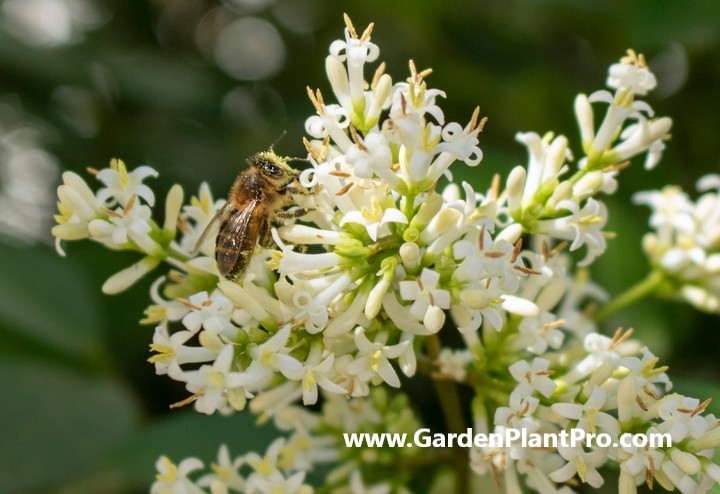
Companion Planting
Companion planting involves strategically planting different plants together in the same area to create mutually beneficial growing conditions. Angelica, like many other plants, can benefit from companion planting as it can help to deter pests, improve soil fertility, and provide shade and support to neighboring plants.
When choosing companion plants for Angelica, it’s important to consider their individual growing requirements. Ferns, epimediums, hellebores, lily-of-the-valley, and sweet woodruff are all great choices as they enjoy similar growing conditions as Angelica. These plants can help to create a lush and diverse garden while also providing shade and support to the Angelica plant.
Ferns, for example, are a great choice as they thrive in shady and moist environments. They can provide shade and protection to Angelica during hot summer days, and their deep roots can help to improve soil fertility by breaking up compacted soil. Epimediums, on the other hand, have a shallow root system and can provide ground cover around Angelica, helping to retain moisture in the soil.
In contrast, plants like sage, marjoram, and hellebore have different growing requirements and are not recommended as companion plants for Angelica. Sage and marjoram prefer well-drained soil and full sun, while hellebore prefers partial to full shade and moist soil. Planting them with Angelica can result in competing root systems and may lead to poor growth and development of both plants.
Using In Your Cooking
Angelica is a versatile herb that can be used in many different types of cooking. It has a pleasant, slightly sweet taste and makes a great addition to many dishes.
Dried angelica root can be used to make medicinal herbal tea, but it can also be incorporated into recipes for soups, stews, salads, and more.
For soups and stews, the fresh or dried root can be boiled in water for 15-20 minutes before straining and adding to the soup or stew. The root can also be chopped or grated and added directly to the dish for a subtle flavor.
For salads, the young tender stems of two-year-old plants can be chopped or grated and added to the salad for crunch and flavor. Angelica can also be candied by boiling it in sugar syrup until the syrup thickens. The candied angelica can then be used as decorations on cakes or other desserts.
When using angelica in cooking, it is best to use fresh ingredients whenever possible. Choose young tender stems from two-year-old plants and remove all leaves before cutting into lengths that will fit your pan. Fill the pan with water and simmer the root for 15-20 minutes before straining and adding to your dish.
Angelica is a flavorful herb that adds a unique flavor to many dishes. Whether you are using it fresh or dried, angelica is sure to bring an interesting twist to your cooking.




